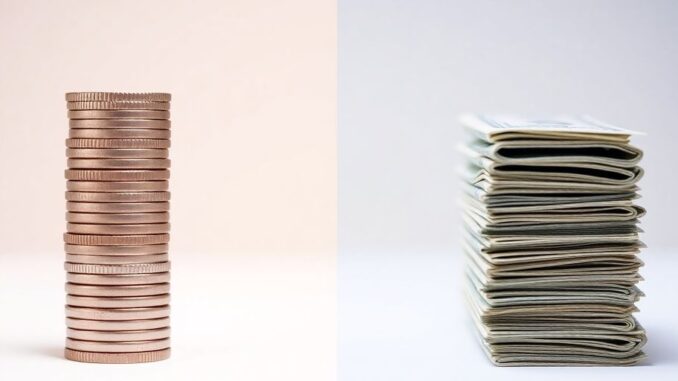
Choosing between a Certificate of Deposit (CD) and a high-yield savings account can be a crucial decision for your financial goals. Both offer a safe place for your money to grow with interest, but they cater to different needs and timelines. Understanding their distinct features is key to making the right choice for your savings strategy.
Key Takeaways
- CDs offer fixed interest rates for a set term, ideal for specific future goals where access to funds isn’t immediately needed.
- High-yield savings accounts provide variable interest rates and easy access to funds, making them suitable for emergency savings or flexible saving goals.
- Both can help your money grow and outpace inflation, but the best option depends on your liquidity needs and risk tolerance.
Understanding Certificates of Deposit (CDs)
A Certificate of Deposit (CD) is a savings account that locks in a specific amount of money for a predetermined period, typically ranging from three months to five years. A significant difference from high-yield savings accounts is the inability to withdraw funds before the maturity date without incurring penalties, which can negate any interest earned, unless it’s a no-penalty CD.
CDs often boast higher interest rates than traditional savings accounts, with some offering Annual Percentage Yields (APYs) exceeding 4%. Crucially, the interest rate on a CD is locked in at the time of opening. This means that even if the Federal Reserve lowers interest rates in the future, your CD’s rate will remain unaffected.
When considering a CD, it’s important to compare interest rates, understand early withdrawal penalties, and be aware of any associated fees or minimum balance requirements. CDs are not ideal for funds you might need quickly, such as an emergency fund. Instead, they are well-suited for saving towards a specific future purchase, like a car, or an event, such as a wedding, where you know you won’t need immediate access to the money.
Exploring High-Yield Savings Accounts
A high-yield savings account operates similarly to a standard savings account but offers a higher-than-average APY on deposits. Many top high-yield savings accounts also offer APYs above 4%. However, unlike CDs, the interest rates on these accounts are variable. This means that if interest rates fall in the future, your savings rate will also decrease.
As with CDs, it’s advisable to review any fees or balance requirements before opening a high-yield savings account. A major advantage is the lack of a fixed term length, allowing for easy and penalty-free access to your funds. This accessibility makes high-yield savings accounts an excellent choice for emergency funds or for savers who want the flexibility to withdraw their money at any time.
Furthermore, these accounts are convenient for those who prefer to make regular deposits. You can often set up automatic transfers from your checking account to your savings account to consistently build your funds towards future goals.
Making the Final Decision
Both CDs and high-yield savings accounts are effective tools for growing your money and staying ahead of inflation. CDs are the better option if you can commit to not accessing a portion of your funds for a specific period, benefiting from a predictable rate of return.
High-yield savings accounts are more advantageous for individuals who desire a competitive interest rate but also require ready access to their cash. Regardless of your choice, it’s essential to shop around for the best rates and carefully examine any associated fees.

